By John Helmer, Moscow
![]() @bears_with
@bears_with
Somerset Maugham, the leading story-teller in the Anglo-American market a century ago, said there are three rules for writing a best-seller, but he added: “no one knows what they are.” As unlikely as it is for the profitability of a major line of business to be as unpredictable and irrational as Maugham claimed publishing was, writers and readers go on believing it. It’s the big fiction — talent versus the law of the market.
Mikhail Sholokhov was both talented and also the best-selling writer of the Soviet period. The centenary of his birth on May 25, 2005, was celebrated by President Vladimir Putin with a visit to Sholokhov’s home and family in the Rostov region. “Isn’t there anything to remember from the Soviet period except Stalin’s prison camps and repressions?” Putin had asked in a presentation to the State Duma of new legislation on the Russian state symbols. “What about Dunayevsky, Sholokhov, Shostakovich, Korolyov and our space achievements?” Sholokhov is the only writer on that list.
He was — he still is a symbol of the state. For that reason, although he died in 1984, his four-volume work, Quiet Don (Тихий Дон; also And Quiet Flows the Don), published between 1928 and 1940, continues to draw fierce argument in the Russian press. The first of the allegations against him is that he plagiarized the Quiet Don. That began almost immediately after the first volume was first published in 1928; the debate continues this year on Russian television and the internet. The second allegation is that Sholokhov and his book would not have succeeded if not for the protection and patronage of Josef Stalin; the charge against Sholokhov’s work is that it’s the discreditable product of Stalinism.
A newly published book by an American academic, Brian Boeck, gives the lie to both these charges against Sholokhov. But Boeck does much more. He reveals the history of money-grubbing, death-dealing faction-fighting among Russian writers which hasn’t stopped. And that’s the law of the market, which the writers (and other Russian artists and intellectuals) cannot escape, not under Stalin before, nor under Putin now. The law of the market is that competition for money generates fraud, faking, and when everything else fails in time of war, violence.
Not Stalin but other Russian writers, especially the CIA’s heroes of the first Cold War, Boris Pasternak and Alexander Solzhenitsyn, are among the villains in this Sholokhov story. For the book, click to open. For the CIA’s role in the Pasternak story, read this.

Mikhail Sholokhov – left to right: about 1930; war correspondent about 1943; at the Nobel Prize ceremonies in Stockholm, December 14, 1965; at home in Rostov, about 1975.
Boeck almost pulls off a Marxist history of the economic-political forces which drove the media during Sholokhov’s career, but not quite – Boeck is not a Marxist by method or ideology. His conclusion: “Stalin’s Russia was full of self-promoting nobodies, reckless conmen with audacious invented personas, false specialists, and talented imposters who for a time succeeded in both faking and making it… Sholokhov could, in some sense, be viewed as the most successful of them all. He impersonated a great writer long enough to truly become one.”
A recent Russian assessment by Valentin Osipov, also an academic, is almost identical: “Some still hate him for attacking citizenship and patriotism. Pay attention – the slander comes, in modern terminology, from the liberal camp. This, in my opinion, is the main reason for the persecution [of Sholokhov]. Others could not forgive him for criticizing their sloppy books, which were considered examples of the notorious socialist realism which required that life under socialism should be varnished. The third [group of critics] was driven by envy of his glory and authority. The fourth just wanted to advertise themselves in the media to climb on this bandwagon of ‘revelations of the main literary mystery of the twentieth century.’ What is the cumulative result? The earnest desire to erase from memory and history Sholokhov’s creativity — the peak of Soviet literature at world level.”

Left: Brian Boeck and his book, released in February 2019. Right: Valentin Osipov and his 2005 book on Sholokhov; click to read. For Osipov’s most recent case against the Sholokhov lies, read this.
Boeck says he’s written a “political biography”, explaining in the preface, and also in an endnote, that the moral of the Sholokhov story is “the consequences of speaking truth to power”. In between is a record of the contest for power which decided more than one truth still unacknowledged today.
The basic biographical data are that Sholokhov came from the Cossack Don region of southern Russia and eastern Ukraine. His mother, an illiterate manor house maid, had been married to a Cossack; his wife was the daughter of a Cossack ataman (leader); he was initially contemptuous of Sholokhov’s non-Cossack origins and disapproved the marriage.
Details of Sholokhov’s biological father are too uncertain for Boeck to report except for his early death. His adoptive father was a relatively well-off trader in grain and cattle “who had the means to pay for tutors and to send his son to private secondary schools outside the region.” When he went mad, the family was destitute. Boeck skips this history, which can be picked up here.
In 1918, at the age of thirteen the boy Sholokhov left school to join the Bolshevik side and the Red Army fighting against the Cossacks and the White Army. He then became a local inspector for grain requisition. However, he falsified reports and was caught, then convicted of protecting his family and neighbours. He would have been shot if not for a bribe which altered his birth certificate to the age at which the death penalty could not be applied.
In 1922 he moved to Moscow to escape his record. He worked at unskilled jobs for a year until he met an older youth who started him at university lectures and encouraged him to write for pay. His first story was published in 1923. For several years he moved back and forth between Rostov and Moscow. Then, as Boeck records the boy turned 21, “between April of 1926 and September of 1927 Sholokhov performed a literary miracle. Never before – and never again – would a similar be accomplished. During those incredible months he managed to generate hundreds of typed pages of some of the most engaging prose ever to appear in Russia… His literary output during those months exponentially exceeded the accomplishments of his whole career up to that point and most decades of his career afterward. The improvement in quality was incredible.”
The manuscript of the first volume of Quiet Don, telling the story of the Don Cossacks in the Civil War, was taken to Moscow in mid-1927; it was rejected for being too positive towards the White side. Sholokhov took it home, returning several months later with a revised version. With support from an older Cossack writer and a Jewish literary editor, publication was agreed at the start of 1928. The reviews were positive; sales started upwards; Maxim Gorky endorsed the book; the print run was multiplied to several hundred thousand. “The days of Sholokhov’s financial problems were over”, Boeck reports.
The more selective the details of the story, the easier to substantiate the allegation that Sholokhov could not have written the book; that he had found manuscripts and notes from an older Cossack writer killed during the Civil War; that he had been helped by files of Cheka interrogations in the region, etc. Boeck retells the history of these plagiarism charges from 1929, and each of the proceedings which followed, all clearing Sholokhov. The most recent, and also the nastiest because it followed after the other investigations, started in 1959 in the New York Times and its Moscow correspondent Harrison Salisbury. Salisbury published a story which had been contrived by the CIA to discredit both Sholokhov and Soviet Premier, Nikita Khrushchev, whose visit to the US was to follow shortly after.
In 1974, Salisbury (right) and Solzhenitsyn collaborated on a scheme to revive the plagiarism story and discredit Sholokhov’s Nobel Prize of 1965 which the CIA had unsuccessfully tried to block. Sholokhov had supported publication of Solzhenitsyn’s first book, One Day in the Life of Ivan Denisovich. Later, privately, he told colleagues in the Writers’ Union, he thought Solzhenitsyn “a malicious lunatic who has lost control of his reason.” He was critical, also in private, of his attempts to publish abroad. But warned of Solzhenitsyn’s intention to attack him from his US haven, Sholokhov refused to attack Solzhenitsyn publicly himself.
story and discredit Sholokhov’s Nobel Prize of 1965 which the CIA had unsuccessfully tried to block. Sholokhov had supported publication of Solzhenitsyn’s first book, One Day in the Life of Ivan Denisovich. Later, privately, he told colleagues in the Writers’ Union, he thought Solzhenitsyn “a malicious lunatic who has lost control of his reason.” He was critical, also in private, of his attempts to publish abroad. But warned of Solzhenitsyn’s intention to attack him from his US haven, Sholokhov refused to attack Solzhenitsyn publicly himself.
Solzhenitsyn, concludes Boeck, “had developed an almost pathological hatred of Sholokhov.” Solzhenitsyn also had his commercial reasons. “He wanted to discredit the regime, draw attention to himself in exile, and change the news cycle. He was expecting the imminent publication of a series of compromising letters and revelations by his ex-wife…These would depict him as selfish, egotistical and ready to profit from the suffering of others. He needed an altruistic change of message.” The message, published by Salisbury on September 1, 1974, was that Solzhenitsyn’s rival Sholokhov was a faker.

Left: Page 2 of the New York Times, September 1, 1974: Right: Alexander Solzhenitsyn gives Harvard University Commencement Speech, September 1978.
For years the forensic problem for Sholokhov and his defenders was the absence of his hand-written manuscripts or hand-corrected typescripts. On the other hand, computer-driven analyses of the texts of Sholokhov’s Quiet Don and the writing of his purported source, Fyodor Kriukov, have twice confirmed Sholokhov’s authorship. The first was in 1975 by Norwegian Geir Kjetsaa and a team of statisticians working with a computer comparison of texts. Kjetsaa presented the results in Moscow in 1977, and then at Sholokokhov’s home. A book of his results appeared in English in 1984.
A more elaborate computer assessment was run in 2008 by Nils Lid Hjort, a mathematician at the University of Oslo. He too concluded Solzhenitsyn’s charge was false; Sholokhov was confirmed, once again. The statistical analysis can be read here.

CLICK ON IMAGE TO ENLARGE
Source: http://www.cas.uio.no/
Boeck also presents the evidence that from Sholokhov’s first direct meeting with Stalin in 1931 until 1952, when he became too drunk to appear at the Kremlin on time, Sholokhov was anything but Stalin’s stooge.
The record of their meetings, the letters they exchanged, and other official records of what happened after Sholokhov made his requests show his repeated refusals to follow Stalin’s editorial directions; his painstaking criticism of the famine caused by Stalin’s policy of collectivization in Rostov and around the country; his rescue of his extended family, village, and region from local party bosses and Cheka death squads.
In time, Boeck concludes, Sholokhov was paralyzed by the political problems his independence and his loyalties to his home region and to his writer friends were causing. By 1946 “the burden of producing a second masterpiece from scratch was crippling. The stakes were too high, the task too daunting….Now everything seemed too risky. To write risked exposure. To wait risked Stalin’s wrath. His only remaining strategy was to obfuscate and avoid. He would promise progress on the novel, only to put it aside for unexplained reasons.
Sholokhov also began to drink himself into prolonged stupours. Several times Stalin ordered him into the Kremlin Hospital for treatment. The case Boeck makes is this was Sholokhov’s political resistance expressed in his own unique way. The record also shows that it wasn’t Stalin but ambitious and corrupt apparatchiki, including jealous rivals in the Writers’ Union, who hatched the most serious plots against which Sholokhov had to defend himself. Boeck chronicles the Elankin plot of 1934; the Slabenko plot of 1936; the Stavisky plot of 1937; the Pogorelov plot of 1938: Sholokhov’s skill at neutralizing his enemies was remarkable.
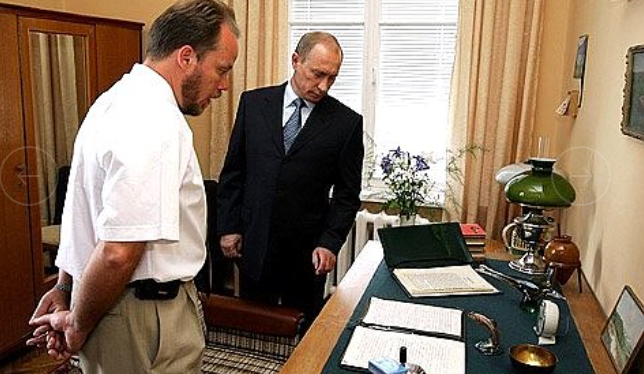
Sholokhov’s grandson Alexander with President Putin at Sholokhov’s home, now a state museum, at Vioshki in the Rostov region, on May 25, 2005, the centenary of his birth. Sholokhov junior is now President of the Russian Committee of the International Council of Museums, and as a deputy of the State Duma, Deputy Chairman of the Committee for Culture.
Compared to his peers who continued composing but buried their papers — Vasily Grossman, for example — and others who smuggled their manuscripts abroad, Sholokhov stuck to his ideological guns but stopped writing altogether. This new version of his story allows Sholokhov to be interpreted from his own perspective. That’s the Soviet perspective.
Since 1991 the rigging of the Russian literary market has been not less political than it was in the Soviet period. A great deal of money has been produced, much of it out of the state budget, and most of that has gone into a handful of pockets. That’s normal for now, as it has been in the past. It’s also normal in the rigging of the London and New York markets for books about Russia and by Russians. But Boeck’s book, like Sholokhov’s, is exceptional.
NOTE: lead illustration, left, is a photograph of Sholokhov at his Rostov home cleaning one of his hunting guns in about 1975. Lead, right, an 1894 cartoon by New York illustrator Frederick Burr Opper</a>.



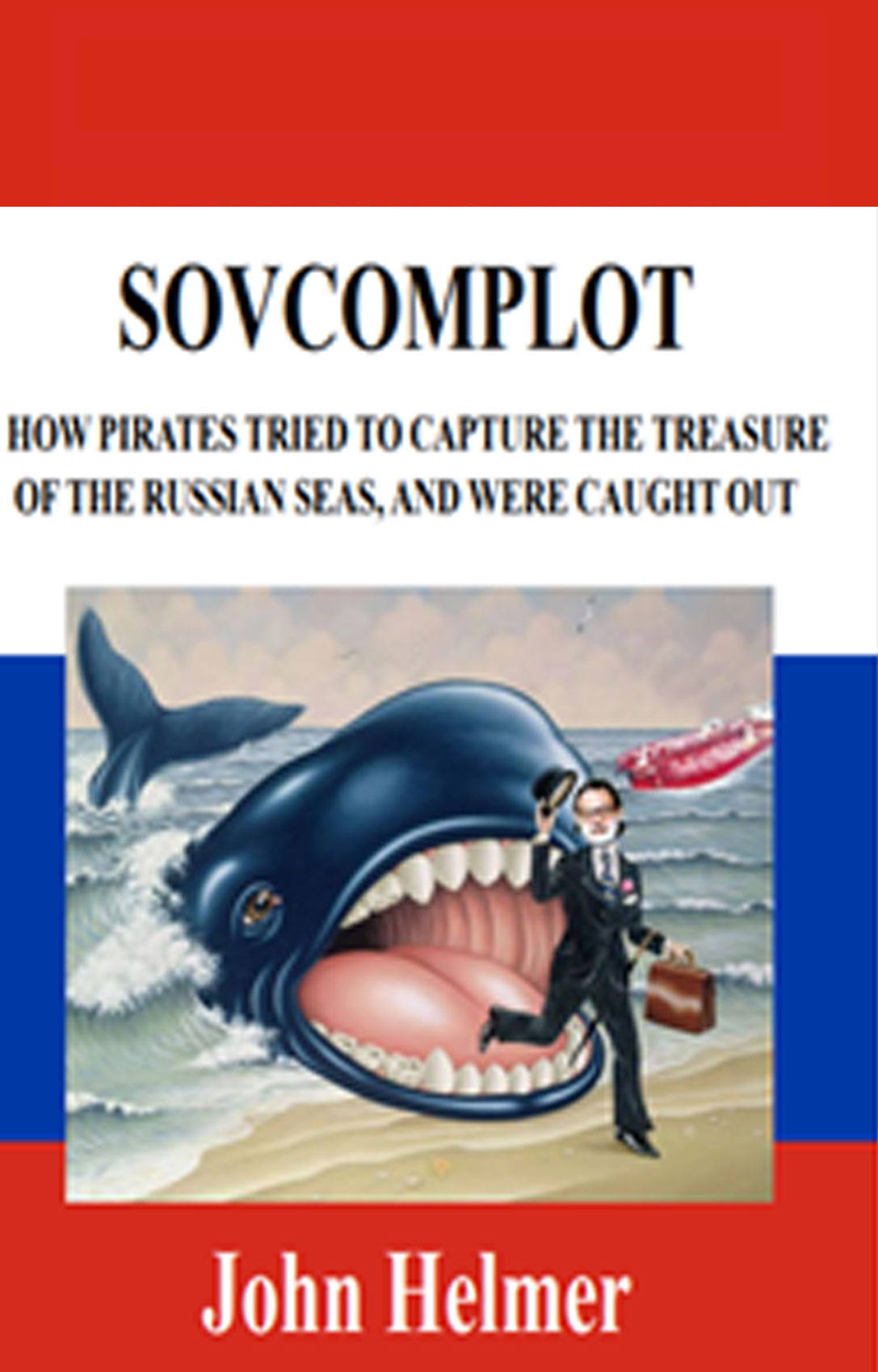

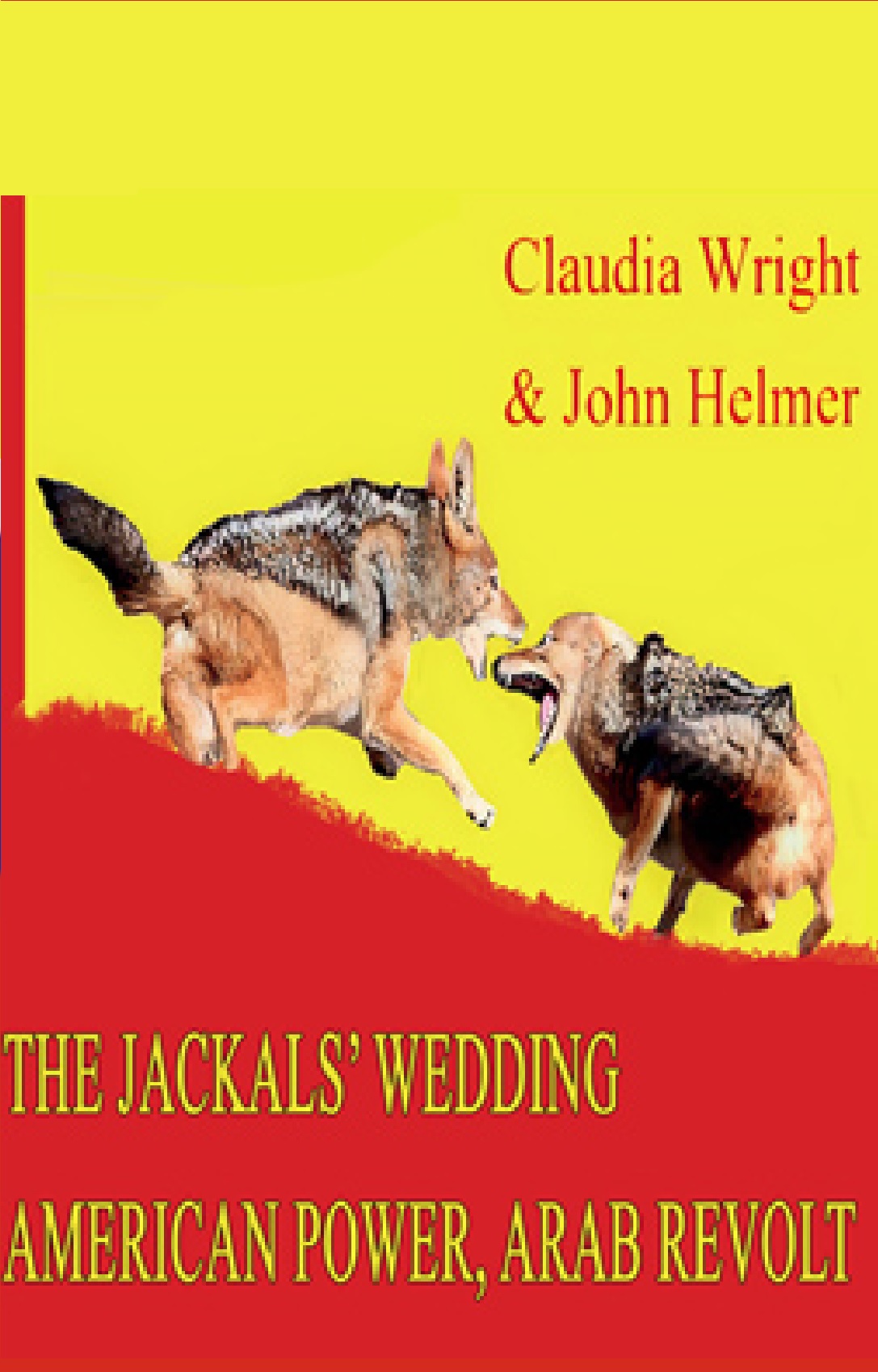
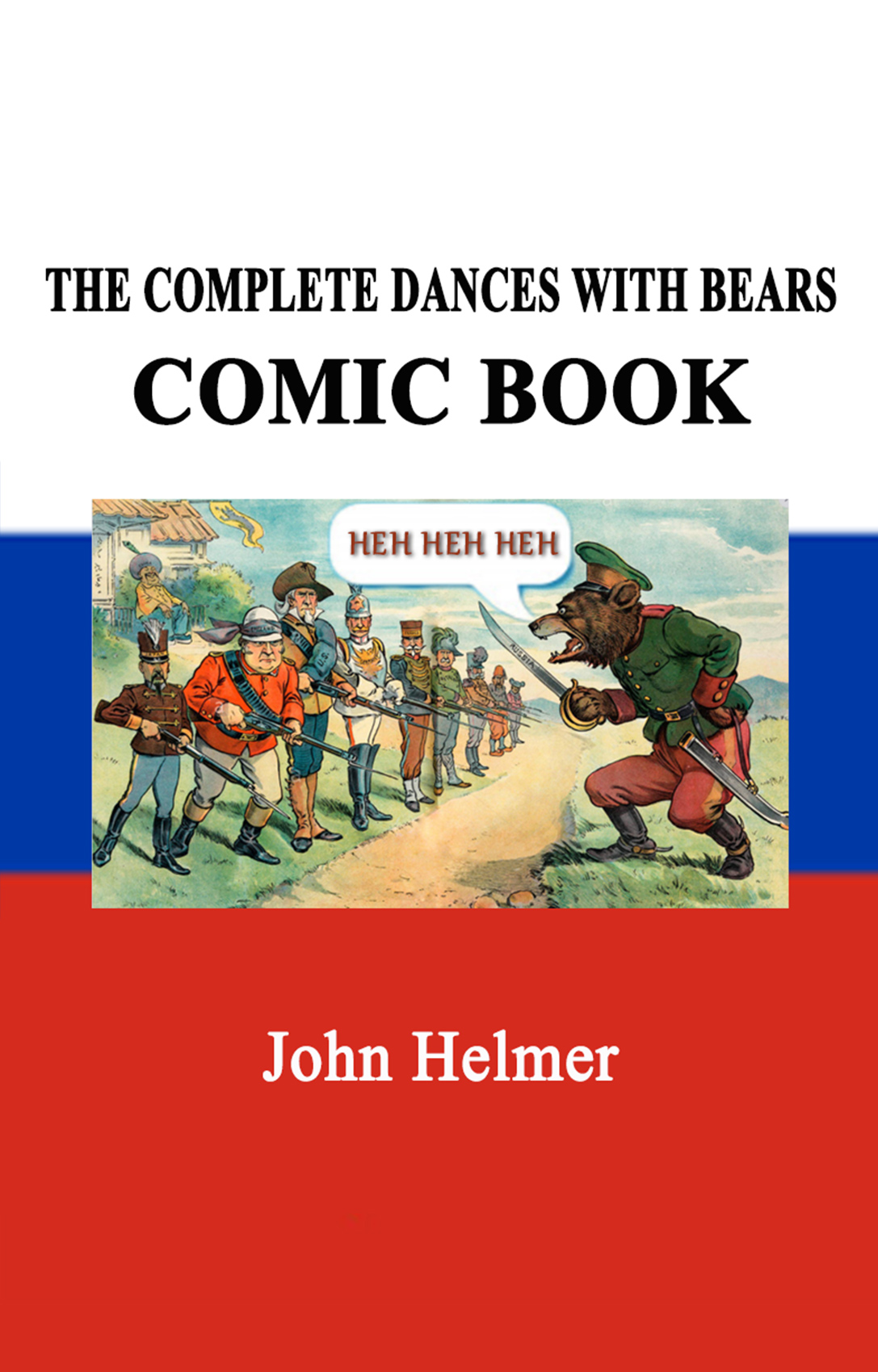
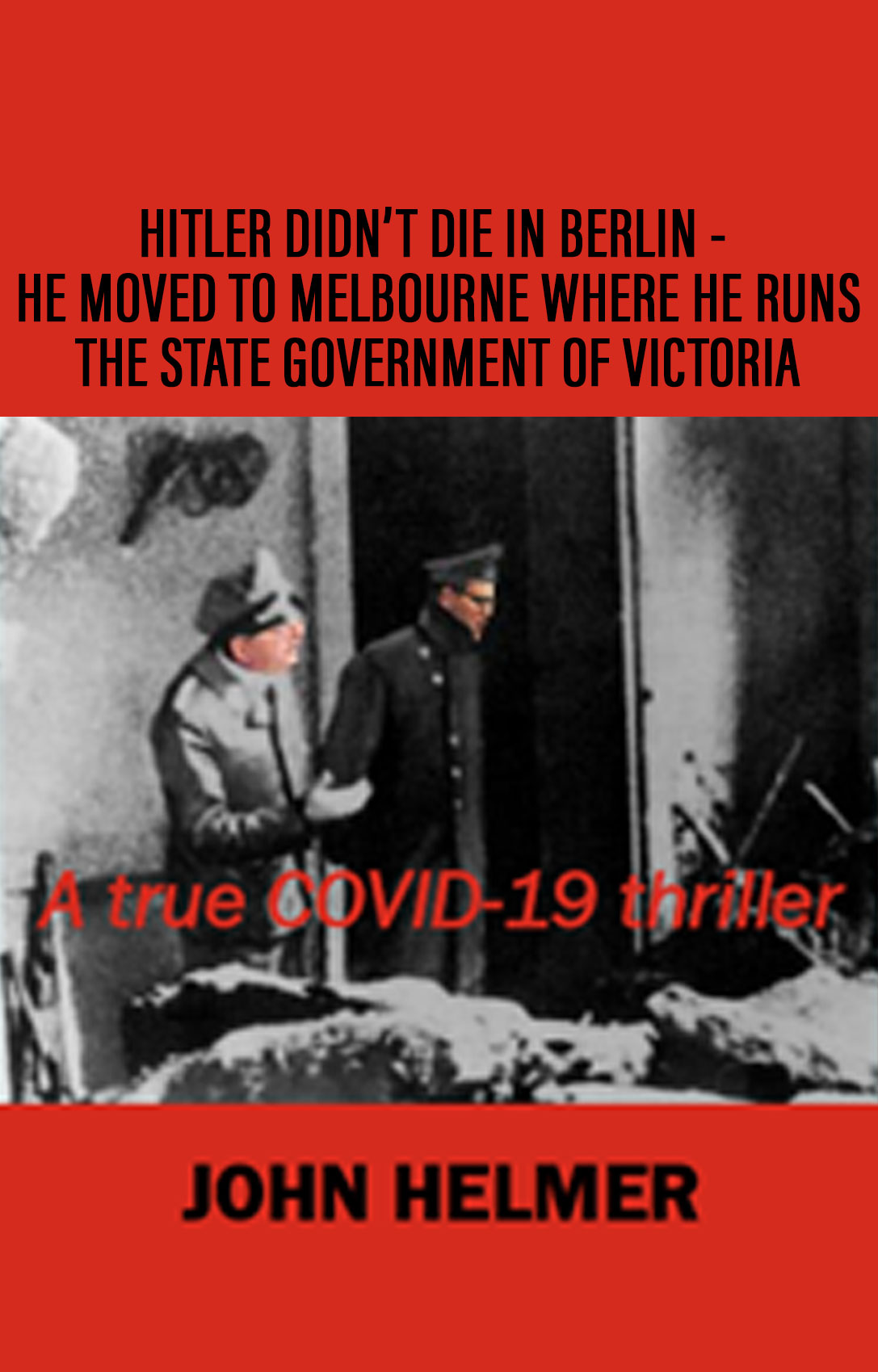
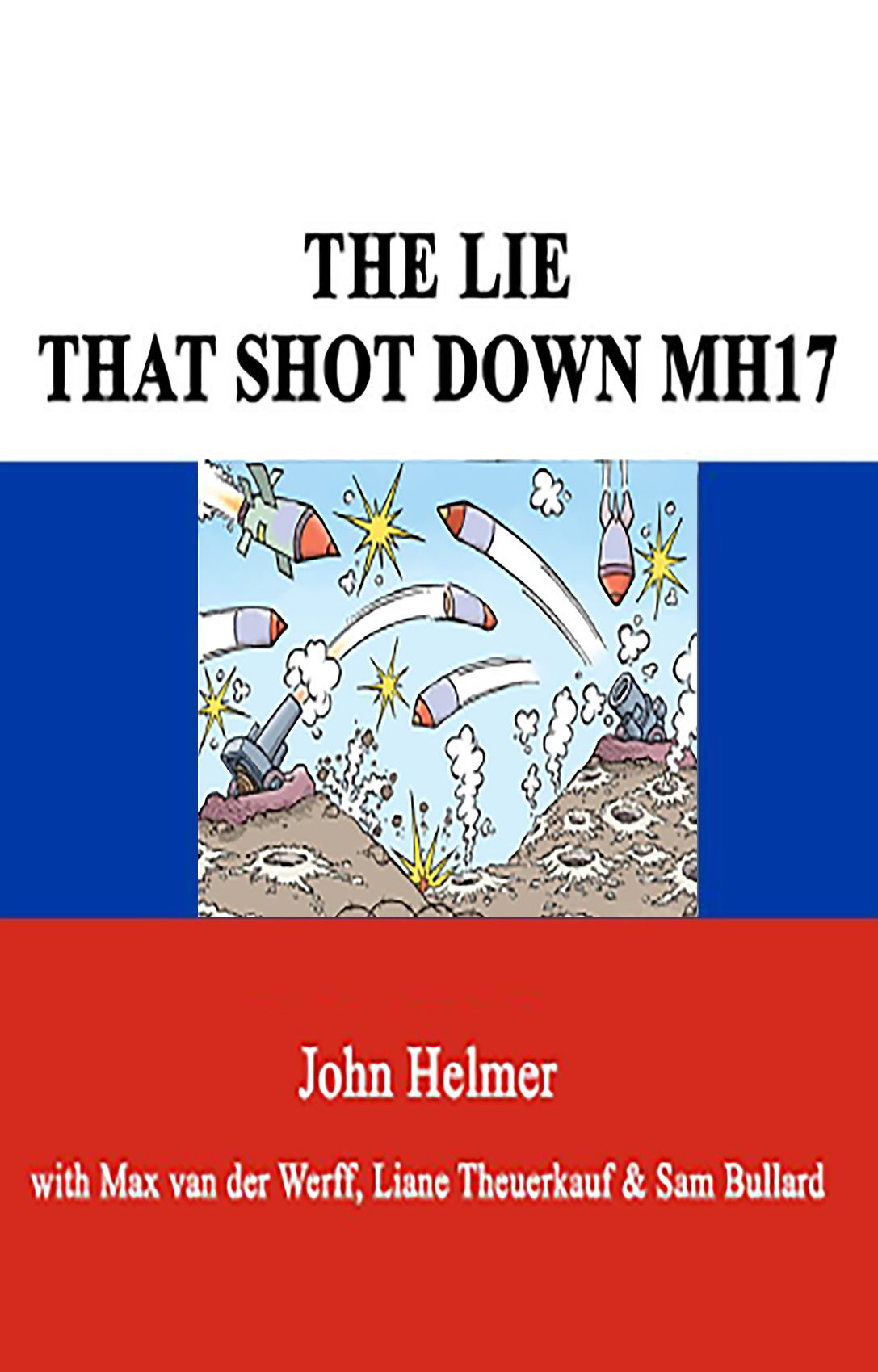
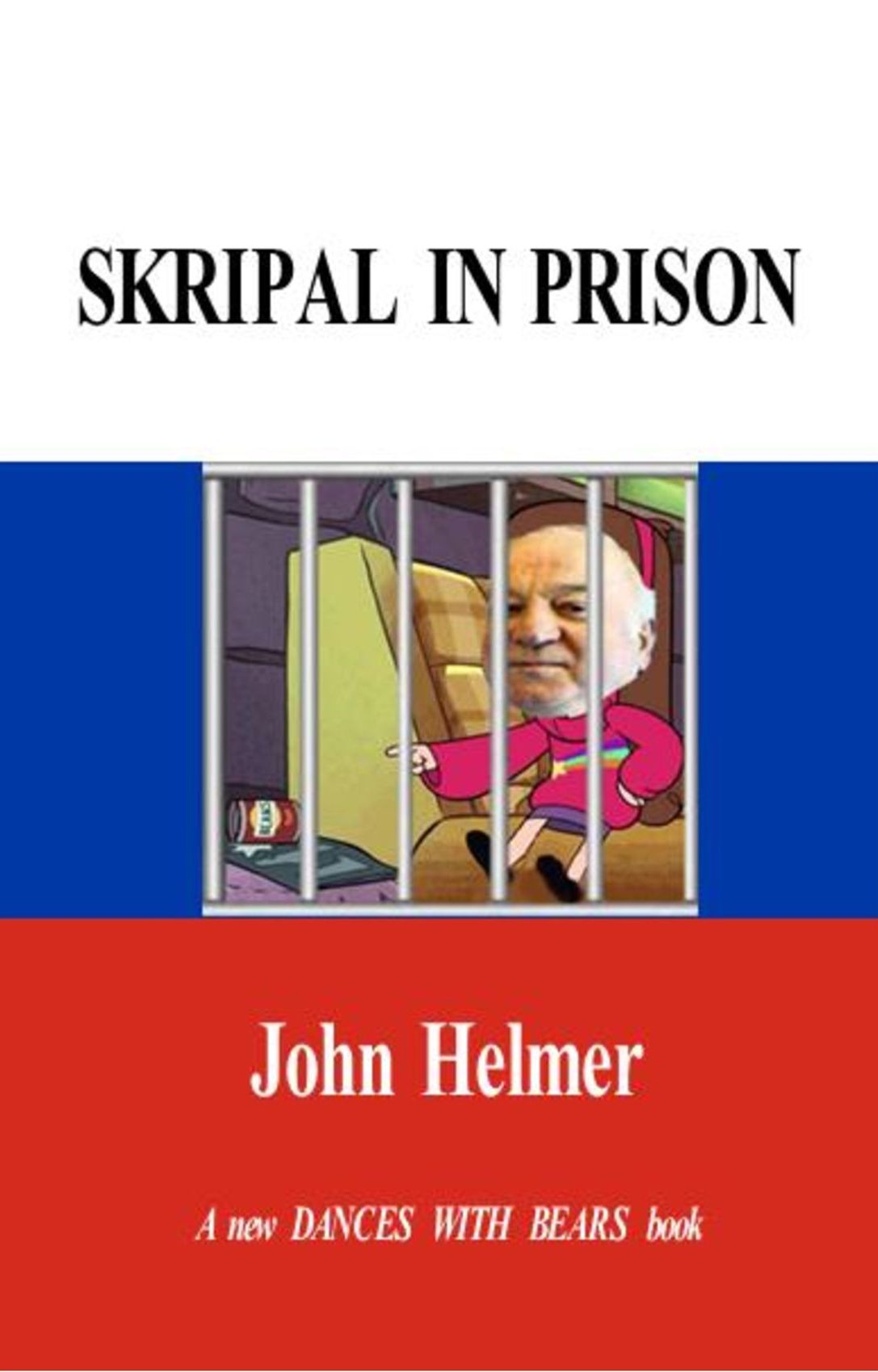
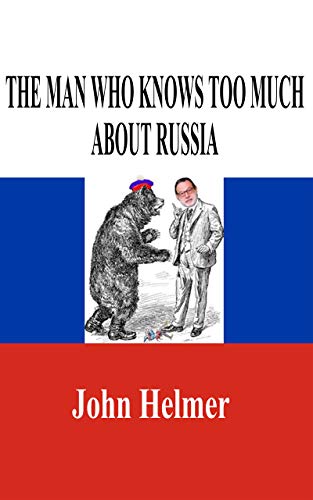

Leave a Reply